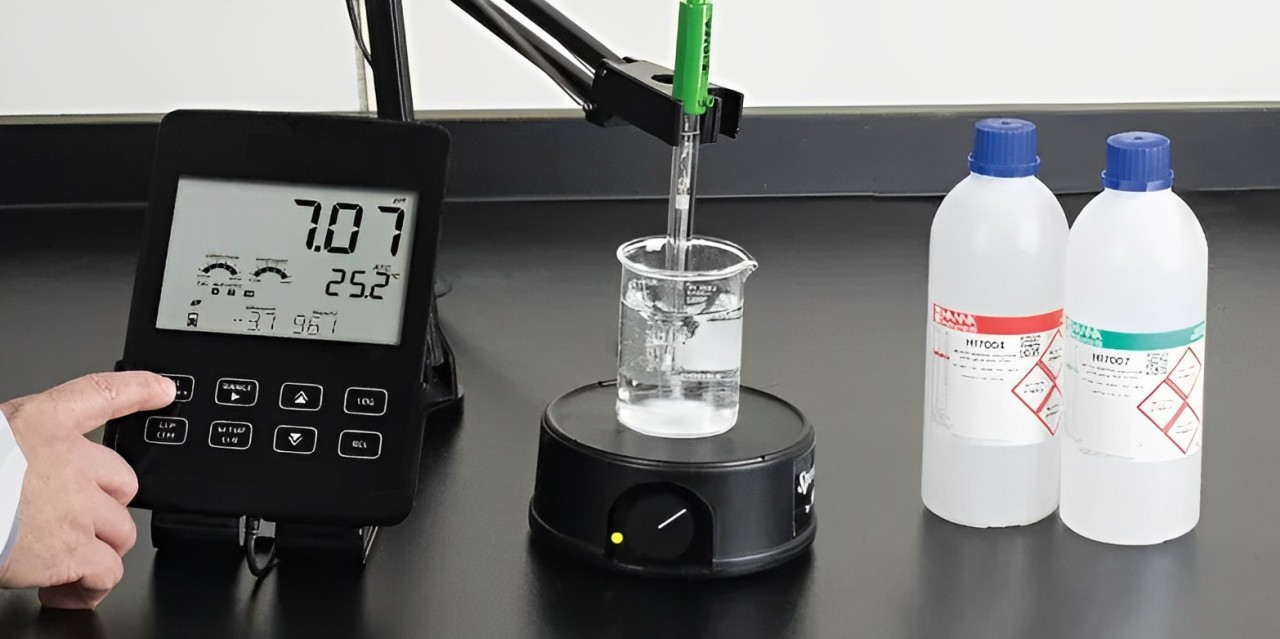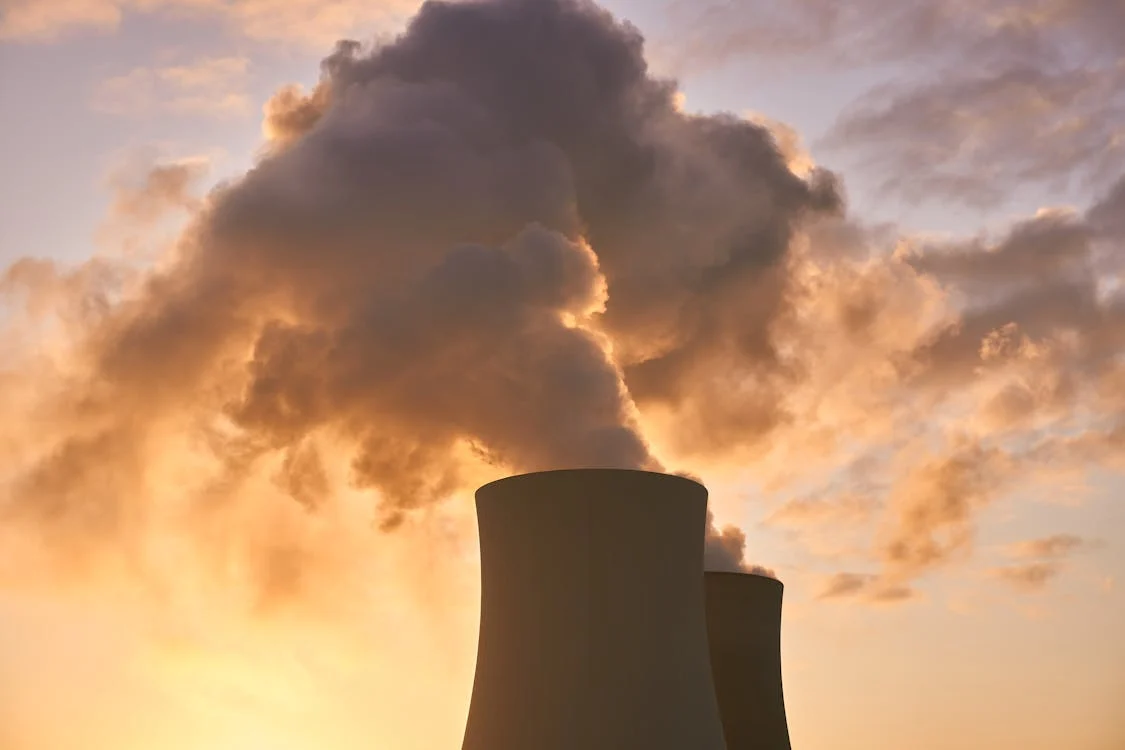Calibrating Your Water Analyzer: Best Practices for Accurate Results
Introduction
Calibration is essential for ensuring the accuracy and reliability of your water analyzer. Proper calibration not only extends the life of your equipment but also ensures compliance with environmental regulations. This guide covers the best practices for calibrating your water analyzer to achieve precise and dependable results.
Table of Contents
- Understanding Calibration
- Preparation for Calibration
- Calibration Frequency
- Calibration Process
- Troubleshooting Common Issues
- Maintaining Calibration Accuracy
Main Content
Understanding Calibration
Calibration is the process of setting your water analyzer to a known standard to ensure its measurements are accurate. This step is crucial for maintaining the integrity of your data and ensuring that your analyzer performs correctly over time.
"Regular calibration is the cornerstone of reliable water quality monitoring."
Preparation for Calibration
Before starting the calibration, gather all necessary tools and materials, including calibration standards, clean containers, and the user manual. Ensure the analyzer is clean and free from contaminants that could affect the results.
"Proper preparation sets the stage for accurate and efficient calibration."
Calibration Frequency
The frequency of calibration depends on several factors, including the type of water being analyzed, the usage of the analyzer, and the manufacturer's recommendations. Regular calibration ensures ongoing accuracy and reliability.
"Adhering to a consistent calibration schedule maintains the analyzer’s performance."
Calibration Process
Follow the step-by-step instructions provided in the user manual for your specific water analyzer model. This typically involves preparing the calibration standards, adjusting the analyzer settings, and verifying the results.
"Each step in the calibration process is vital to achieving accurate results."
Troubleshooting Common Issues
If you encounter issues during calibration, such as inconsistent readings or error messages, consult the troubleshooting section of the user manual. Common issues can often be resolved by cleaning the sensors, re-preparing the standards, or rechecking the connections.
"Troubleshooting ensures that minor issues don’t become major problems."
Maintaining Calibration Accuracy
Regular maintenance, including cleaning the sensors and verifying calibration against known standards, helps maintain the accuracy of your water analyzer. Document each calibration session to track performance over time.
"Consistent maintenance is key to preserving the accuracy of your analyzer."
Conclusion
Calibrating your water analyzer is an essential practice for obtaining accurate and reliable results. By following these best practices and maintaining a regular calibration schedule, you can ensure the longevity and performance of your equipment.



